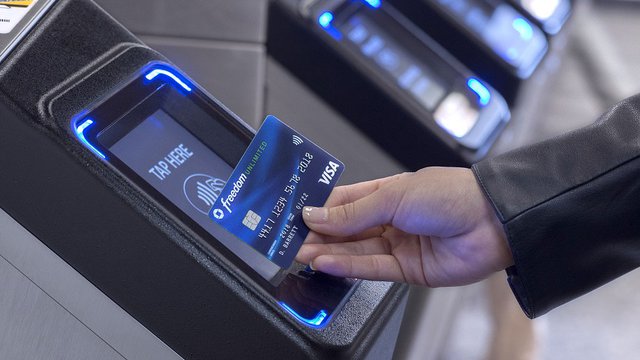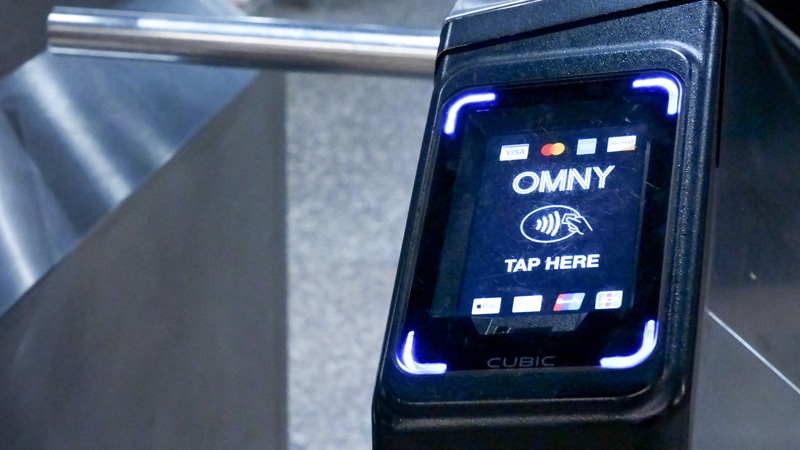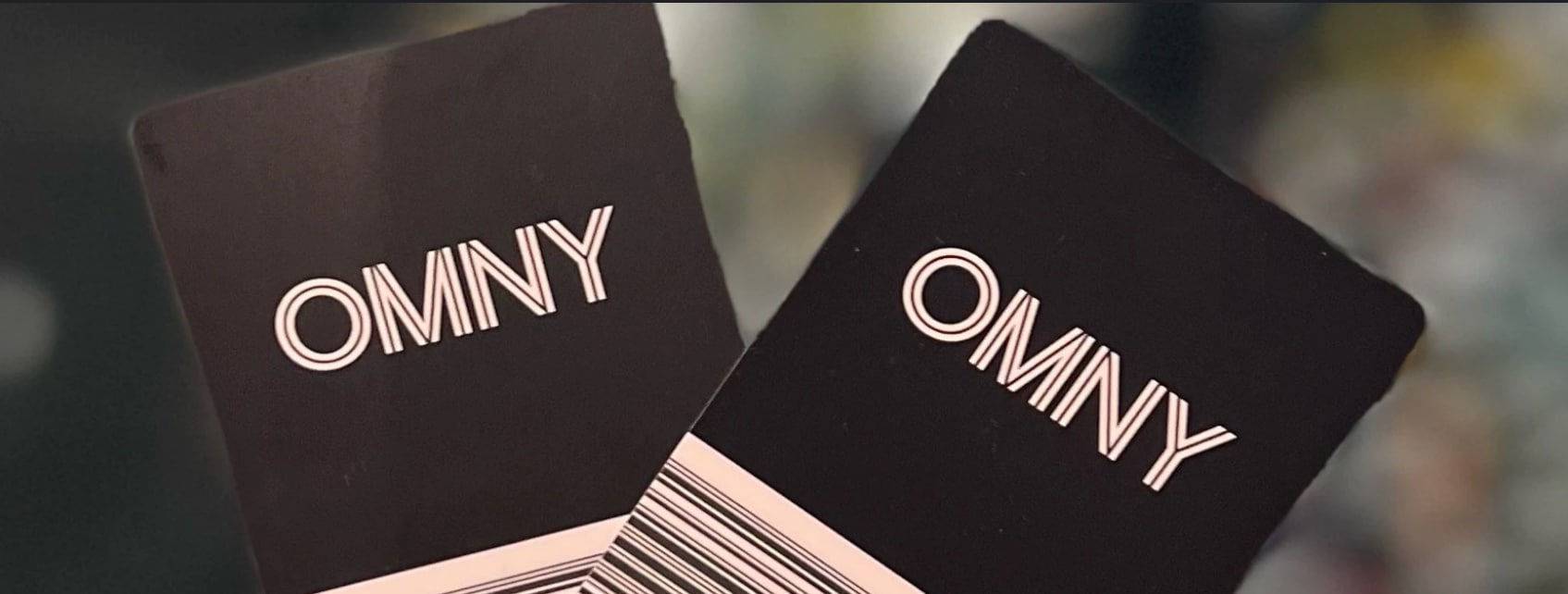
Article Highlights
New York’s Metropolitan Transportation Authority has hit its major rollout milestones for its OMNY open-loop fare-collection system, despite dealing with the Covid-19 pandemic.
Since launching in May 2019, OMNY has recorded more than 19.5 million taps. That compares with 4 million taps for OMNY by mid-December 2019, before the pandemic. OMNY users now tap their contactless bank cards or NFC wallets around 110,000 times on an average weekday, with taps increasing every week, the MTA noted.
• MTA
• Cubic
New York’s Metropolitan Transportation Authority’s much-watched open-loop fare collection service, OMNY, has reached a milestone for acceptance in New York’s premier borough, Manhattan.




















